Capillarity in infiltration
In this project funded by the Swiss National Science Foundation we explore the physics of capillarity in pressure infiltration by conducting high-precision experiments under conditions of low capillary number.
Interface thermal conductance between metal and dielectrics
This new research activity aims at understanding the basic heat transfer mechanisms at sound chemically bonded interfaces between metals and dielectrics and finding ways to improve the heat transfer at these interfaces.
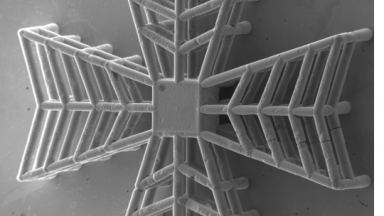
Freeform microcasting
The present project, carried out in collaboration with the laboratory of Prof. Yves Bellouard (GALATEA), combines 3D femtosecond laser processing and metal pressure infiltration to provide a new and unique pathway towards the manufacturing at sub-micron resolution of 3D metallic micro‑scale objects and devices that can be embedded in a transparent ceramic substrate having complex features and/or can be freed from the substrate to obtain small free-standing metallic parts of complex shape.
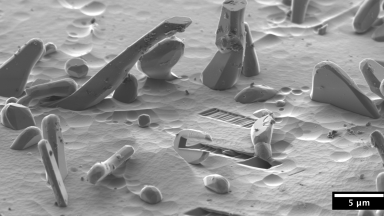
Probing at the nanoscale the structure and properties of hard second phases in alloys and composites
Our ambition in this new project funded by an ERC Advanced Grant is to probe the strength of “second” phases in multiphase metal alloys and composites, meaning of hard particles added to strengthen a metal, or alternatively of brittle inclusions that weaken it. Such phases are ubiquitous in structural metals; yet not much is known of the microstructural features that govern their strength.
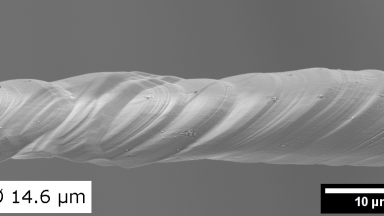
Cast aluminium microfibers
This project funded by the Swiss National Science Foundation aims for the development of processes enabling the net-shape casting of metallic samples on the scale of one to one hundred micrometres, and their use towards the exploration of the plasticity size effect in metals and alloys.
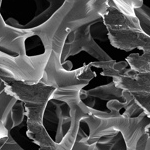
Microcellular aluminium
This is an extensive investigation of the processing, structure and mechanical behaviour of open-celled aluminium-based foams sponsored by the Swiss National Science Foundation.
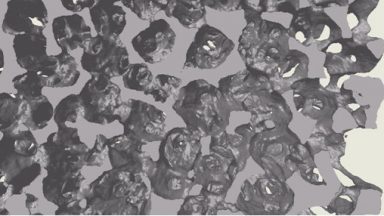
Microcellular magnesium and zinc alloys for biodegradable orthopaedic implants
This is an informal collaboration, based on the Master’s thesis of Karel Lietart, with colleagues (*) at the Katholieke Universitaet in Leuven towards the exploration of microcellular magnesium alloys for bone replacement implants.

In-Situ copper MMCs
This project funded by a CTI/industry collaborative grant is an exploration of industrially applicable routes for the production of copper-based composites containing a high fraction of light reinforcement particles, of density lower than that of copper together with attractive mechanical properties. Two routes are explored: infiltration and a new in-situ process.
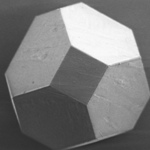
Diamond/metal composites
This research activity is motivated by the need for highly efficient heat sink materials having a tailored coefficient of thermal expansion and a high thermal conductivity. To this end we investigate the parameters that allow successfully manufacturing of metals containing large volume fractions of diamond particles.
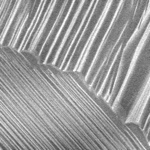
Mechanical behaviour of TiAl
This project is part of the Europe-wide IMPRESS program, examining aspects of the use of TiAl-based alloys. These intermetallic alloys have several desirable properties, including high strength at elevated temperatures, and the work carried out here aims to assess the fracture behaviour of these materials up to 650°C.
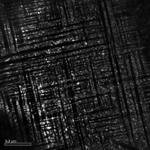
Gold alloys
The aim of this project is to determine the transition temperature of different alloys Au y Cu 1-x-y X x (with x ranging from 0 to 15% and y from 75 to 78 % wt. %) and identified the phases present below the order-disorder temperature. Subsequently the mechanical response of the different alloys according to their microstructures and chemistries will be characterized.
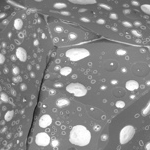
Copper embrittlement
To improve our understanding of cracking phenomena observed in the deformation processing of Cu-Ni-Sn alloys that may contain further alloy elements, in particular lead.
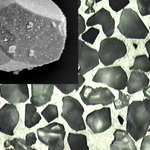
Particle reinforced aluminium
This was an extensive investigation of the processing, structure and mechanical behaviour of open-celled aluminium-based foams sponsored by the Swiss National Science Foundation.
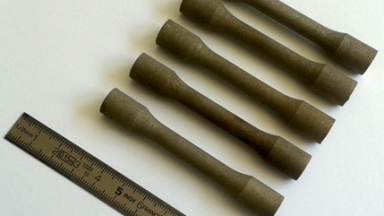
Mechanical properties of metallurgical products fabricated by additive manufacturing
Our mission in the project is to undertake exploratory investigations in metallic components fabricated by different additive manufacturing processes. We explore the links between additive processing parameters, microstructural evolution and the final properties of these metallic AM parts.
Microstructural evolution of 6XXX aluminium alloys during deformation processing
The goal of this project was to better understand the different precipitation sequences that exist in specific alloys of this family during thermomechanical processing, aiming to improve their mechanical response and understand mechanisms of failure during bending of sheet from such alloys.
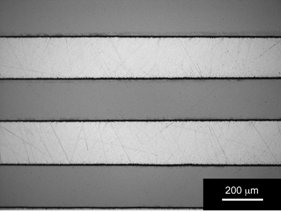
Laminated composites (in collaboration with Tokyo University)
The goal of this project is to develop novel metal-based layered composites and explore new applications through fundamental studies of materials design and processing methods.